
Built in X-XIII century period, the Amberd fortress was an important military defense base of the Armenian Bagratunyats kingdom and had a reputation of impregnability.

The Dashtadem fortress with underground tunnels was mentioned in the work of the historian Ghevond during the first period of the Arab invasions of Armenia (VII century); it was built by the Armenian ruling dynasty of Kamsarakan.
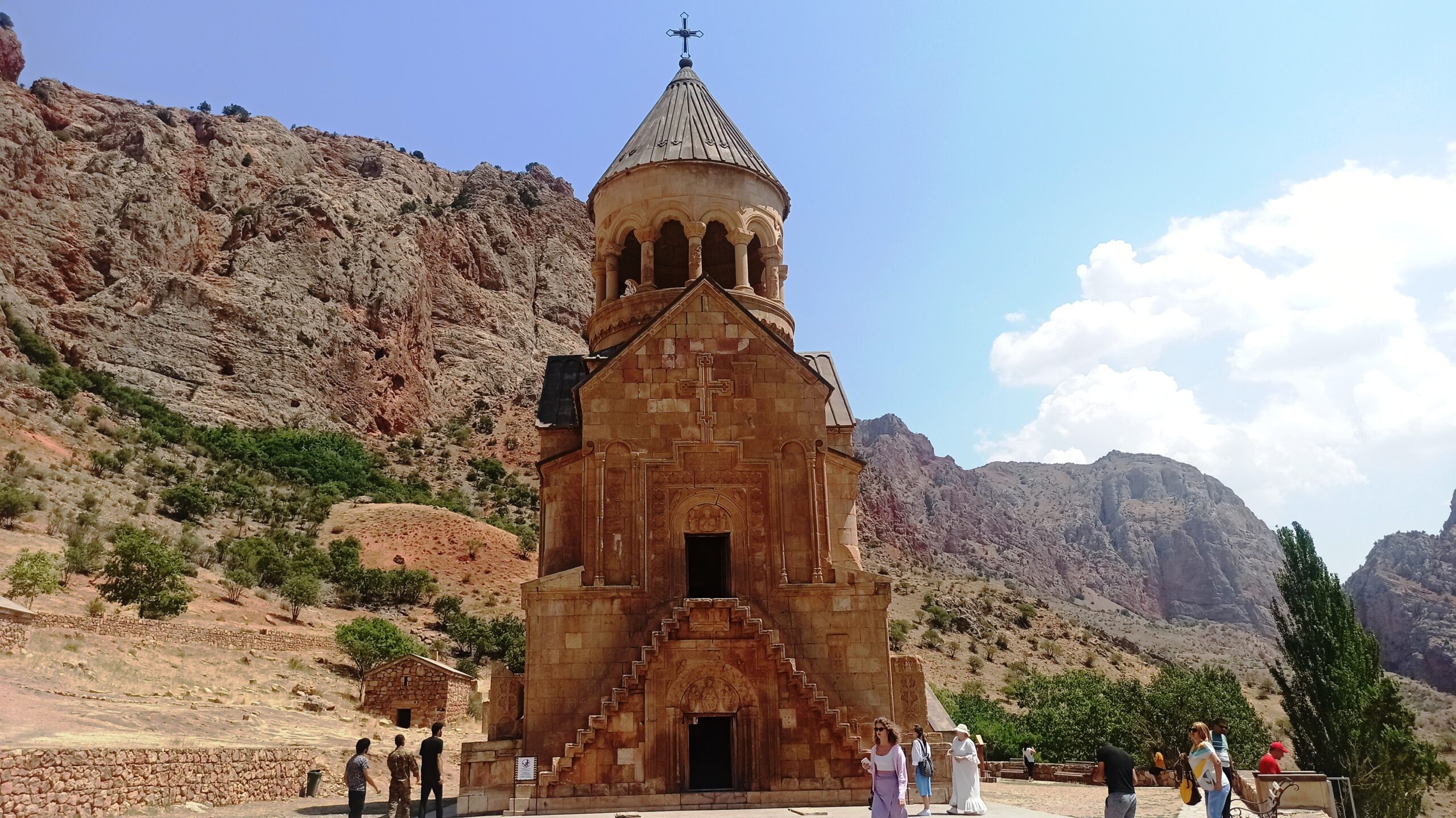
The medieval monument of Armenia Noravank Monastery built in the 3rd-14th centuries was plundered during the Mongol invasion, but with the signing of peace between the Mongol Aga Khan and Prince Orbelian, it became possible to restore the monastery, which has survived to this day.

According to the historian Stepanos Orbelyan (XIII-XIV centuries), the Gndevank Monastery was founded by Princess of Syunik Sophia (Sopi) in the X century and served as a hermit retreat, but was destroyed by the persians.

In X-XIII centuries during the consecration of the monastery of Haghartsin, bequeathed by the kingdom of Bagratunyats, an eagle flew up over the dome of the main temple, and thus the monastery became known as the “monastery of the playing eagle” (Hagartsin), as “hagh” means play in Armenian , and “artsine” is eagle.

The pagan temple of Garni is one of the unique pre-Christian structures preserved in Armenia, which, according to a manuscript belonging to14th century, was founded in 2166 BC.

According to the legend, Saint Geghard, the iron spearhead that pierced the side of Christ, was brought to Armenia by the Apostle Thaddeus and from the middle of the 13th century has been kept in the monastery complex of Geghard hidden in the rocks, which dates back to the era of medieval Armenia.
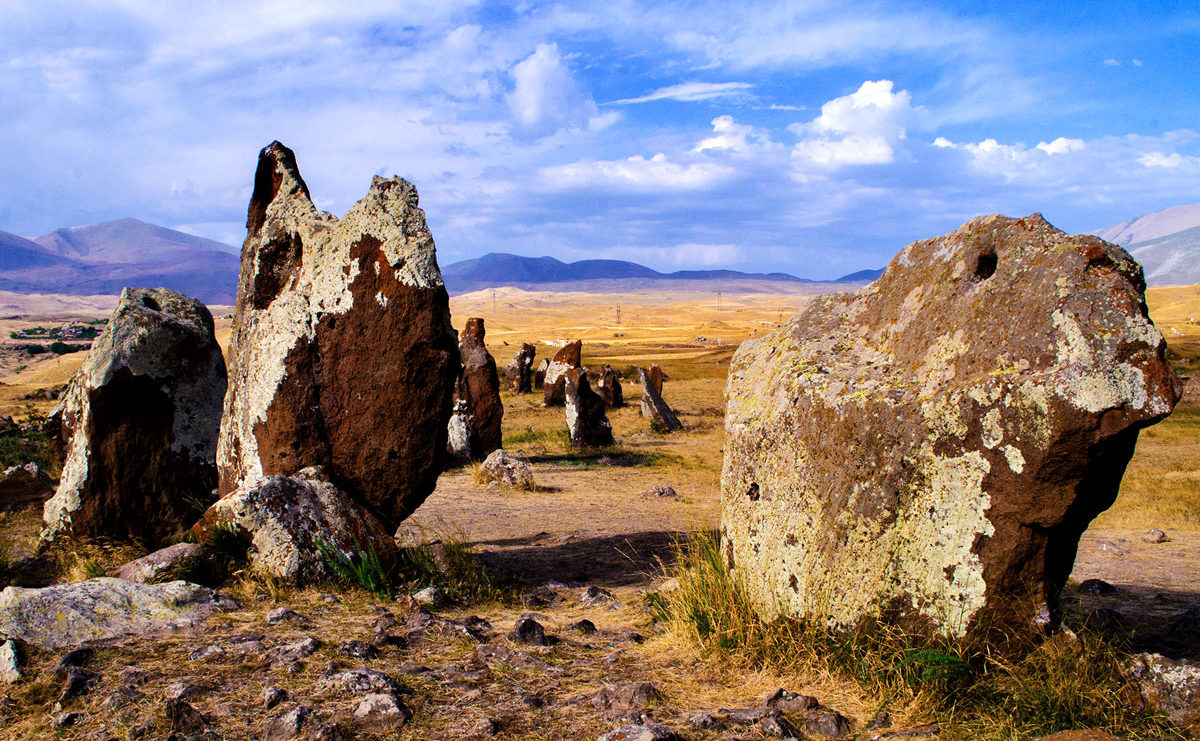
The megalithic monument in Syunik, the Zorats stones, impress with their mystery; to this day many scientists are trying to understand the secrets of the complex of dozens of vertically erected stones put in a certain arrangement.

In the 1st century, the Apostle Thomas anointed priests and bishops at the site of the Odzun Monastery, and the name of the Odzun Monastery is associated with the Armenian word “otsel”which in Armenian means to anoint. Subsequently, the monastery was rebuilt by the Armenian Catholicos John (Hovhannes) of Odzun.
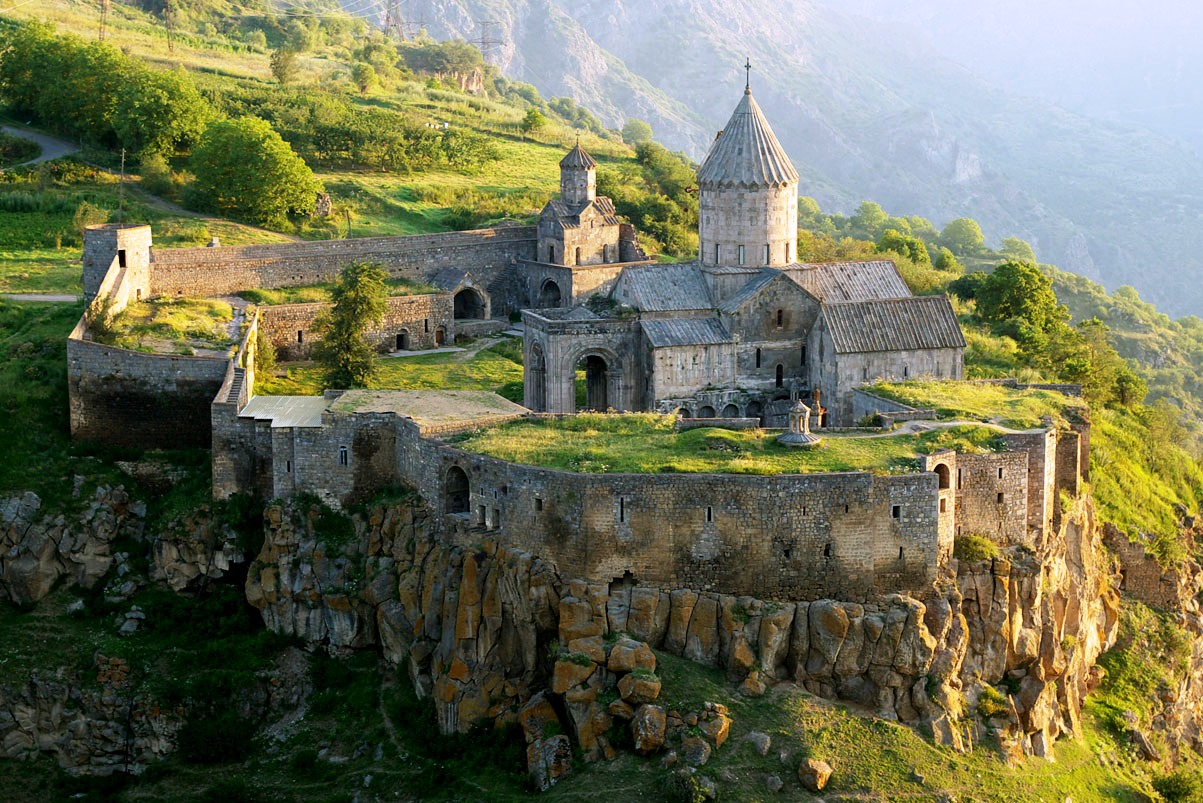
Built in the 4th century, the Tatev monastery complex was able to withstand the Tatar-Mongol conqueror Lenktemur’s raids and become one of the impressive monastic monuments of the Syunik land.
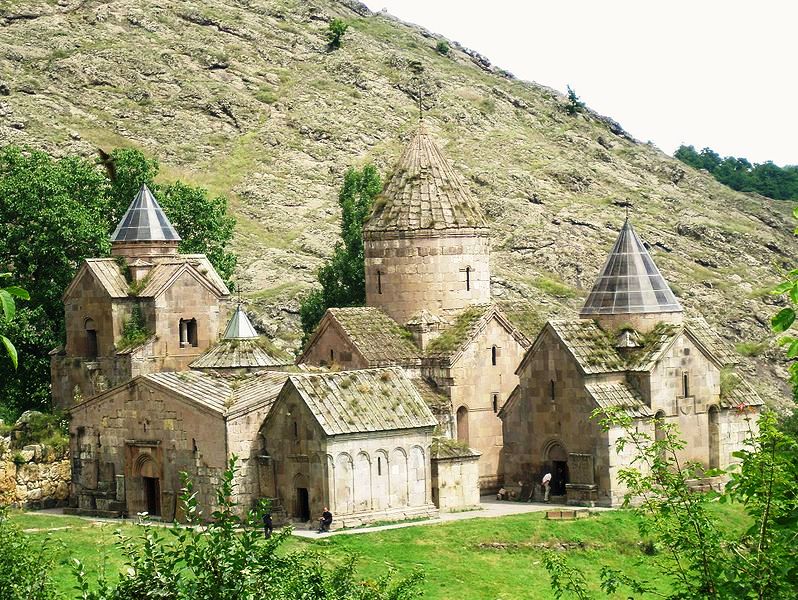
Goshavank, founded in the 12th century by Mkhitar Gosh, an outstanding religious figure, scientist, fabulist and legal scholar of the Middle Ages, was a prestigious center of spiritual culture and writing.

Vorotnavank Monastery, founded by Queen of Syunik Shahandukht in 1000, was known for its power to cure snake bites.

The red-domed Vahanavank monastery complex, towering in the mountains of Syunik since the 10th century, is 1111 years old and also comprises tombs of the princes and kings of the Syunik kingdom.

The monastic complex of Kobair is associated with the activities of medieval Armenian feudal houses: the Kyurikian branch of the Bagratid dynasty and the Georgian representatives of the Zakaryan dynasty and traditionally was an apple of discord between Armenians and Georgians. The following expression went around among the people: “Is this your fortress or whose?”

Lori Fortress, founded by the Bagratid king, David Landless (Arm. David Anhogin), dates back to around 1005-1020 and continues to impress expeditions carrying out excavations here with new discoveries.

Sanahin Monastery is dedicated to the Only Begotten Son of God Christ. It was built by Queen Khosrovanush in the 10th century under the auspices of her husband for the well-being of her three sons. People sincerely believed then, that they had to do something god-pleasing for the welfare of the family.
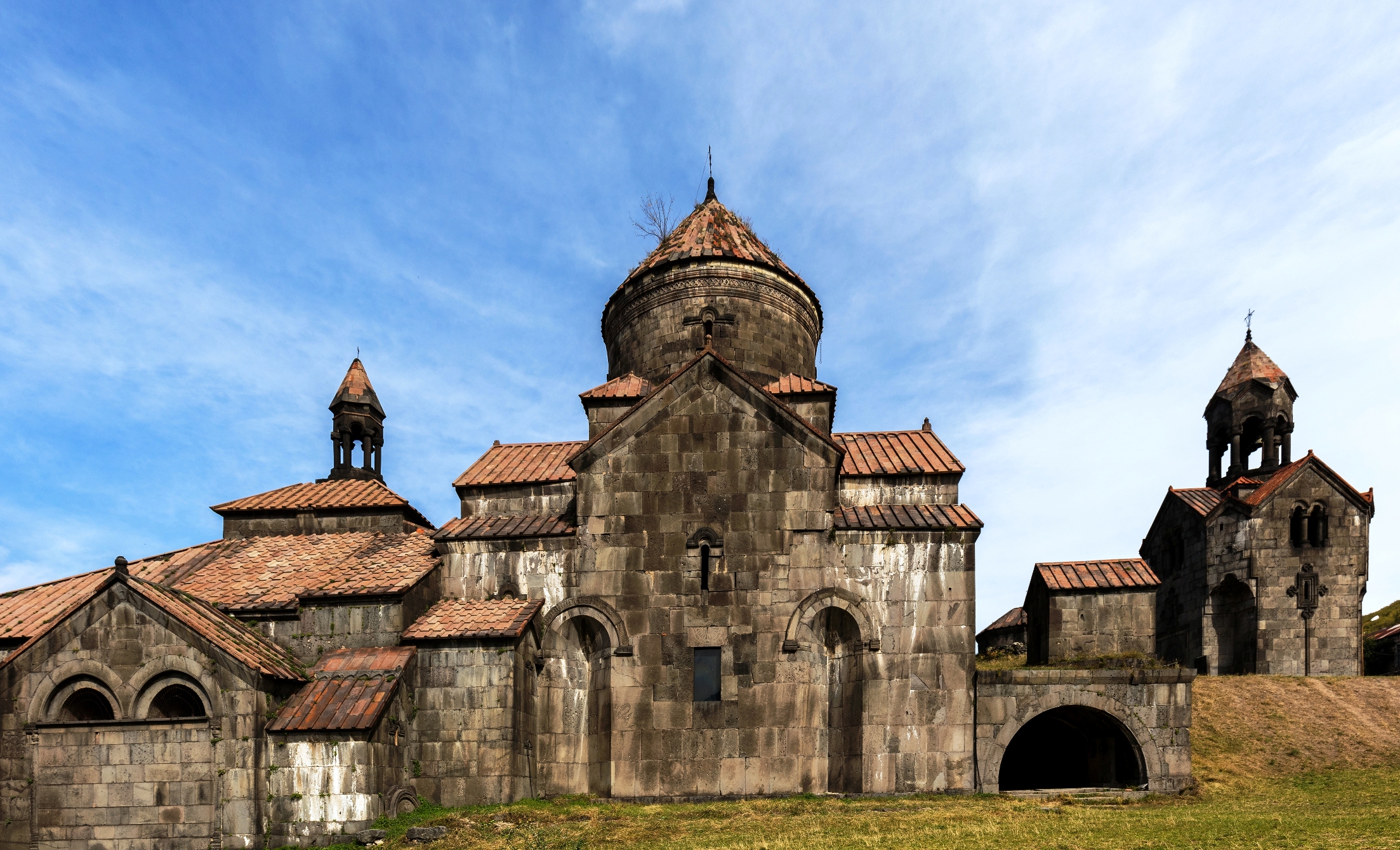
The construction of the Haghpat Monastery with architectural monuments began and ended in the 10th-13th centuries, and today we witness the majestic and proud silence of the monastery, where the talented ashug Sayat-Nova had lived and worked for almost two decades.
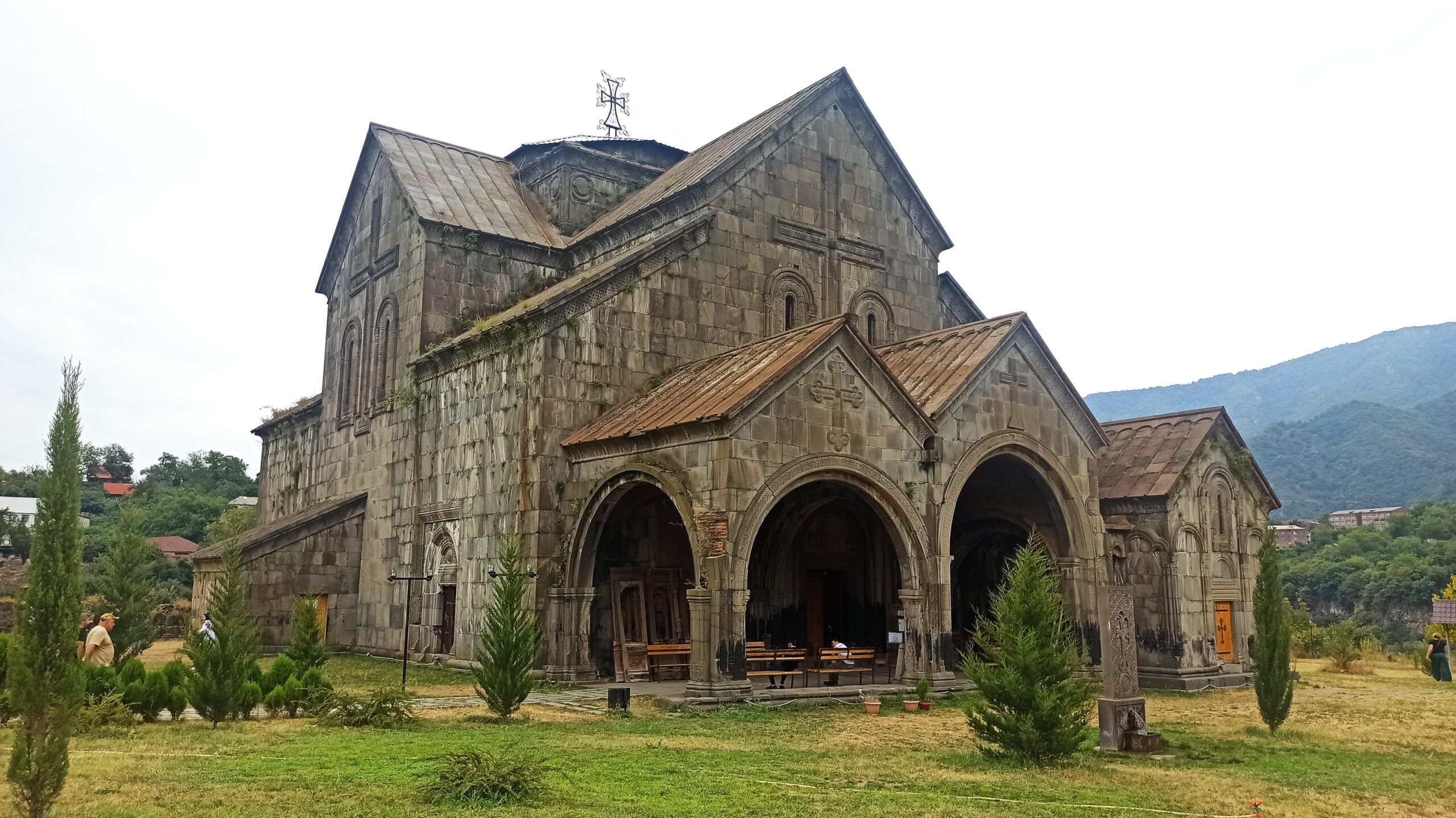
The monastery of Surb Astvastattsin (Holy Mother of God) in Akhtala has preserved unique frescoes with more than 800 years of history, reflecting the precious essence of the Armenian Chalcedonian (Orthodox) architecture and fine arts.
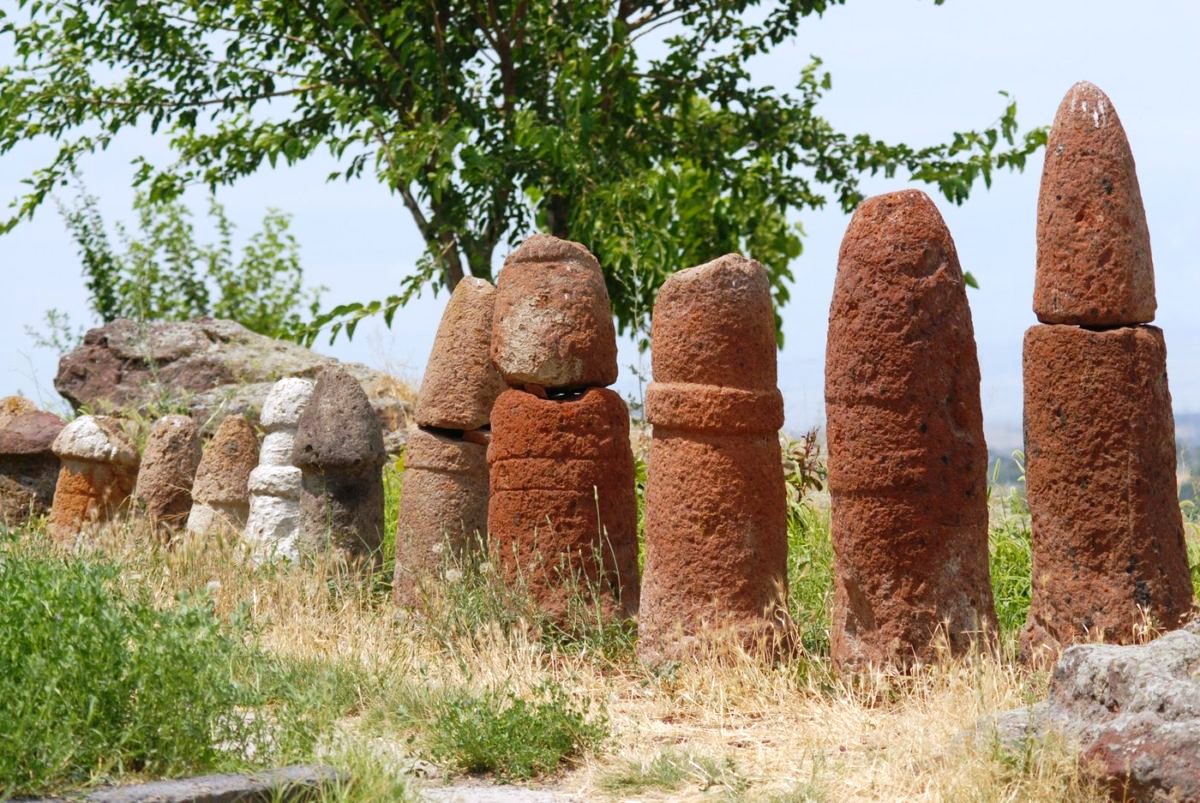
The ancient fortress-settlement of Metsamor is one of the unique monuments of world culture. In the Early Iron Age, Metsamor was one of the royal cities of the Ararat valley, one of the essential administrative, political and cultural centers. From 1965 until now, Metsamor has been regularly excavated.
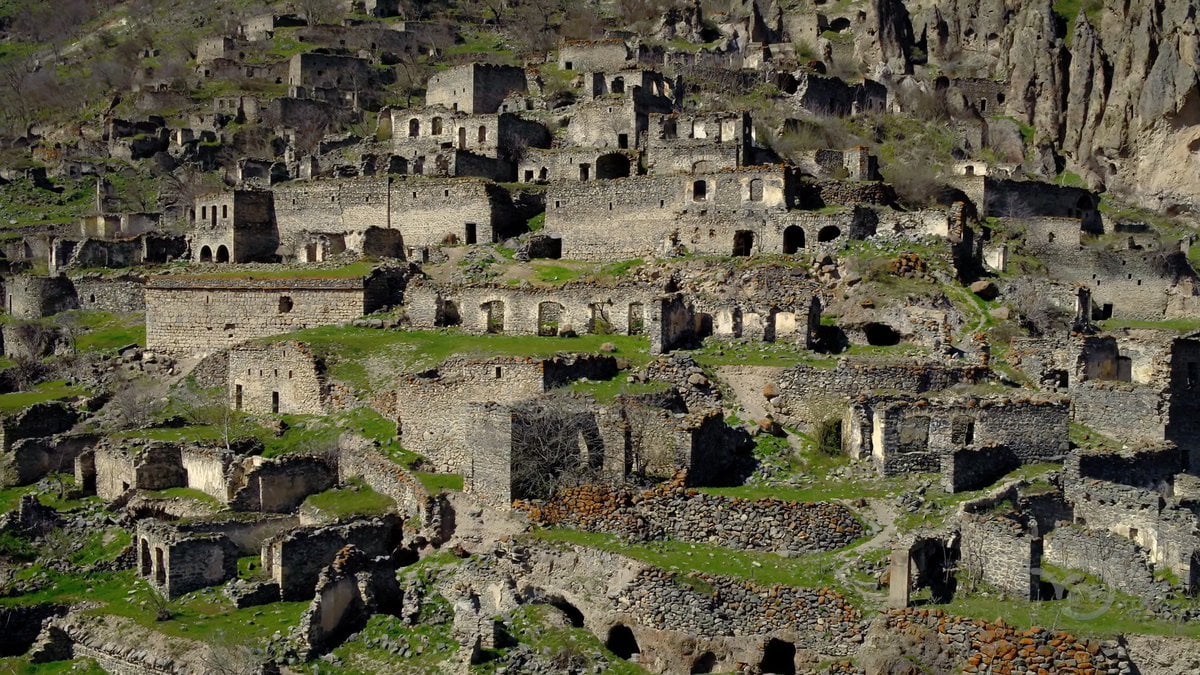
Who would have thought that there are abandoned villages in Armenia? This is the name of the settlements, which today have turned into just monuments, lost among the rocks. In the villages of Hin Khot, Hin Shinuayr and Hin Halidzor in the Syunik region, you will be flabbergasted at how people lived in cascading houses merged with rocks. During this tour you will discover the Armenian Machu Picchu.

At the border of the Lori and Tavush regions of Armenia Tsitskar peak rises with its magnificent views among the Gugarats mountains.
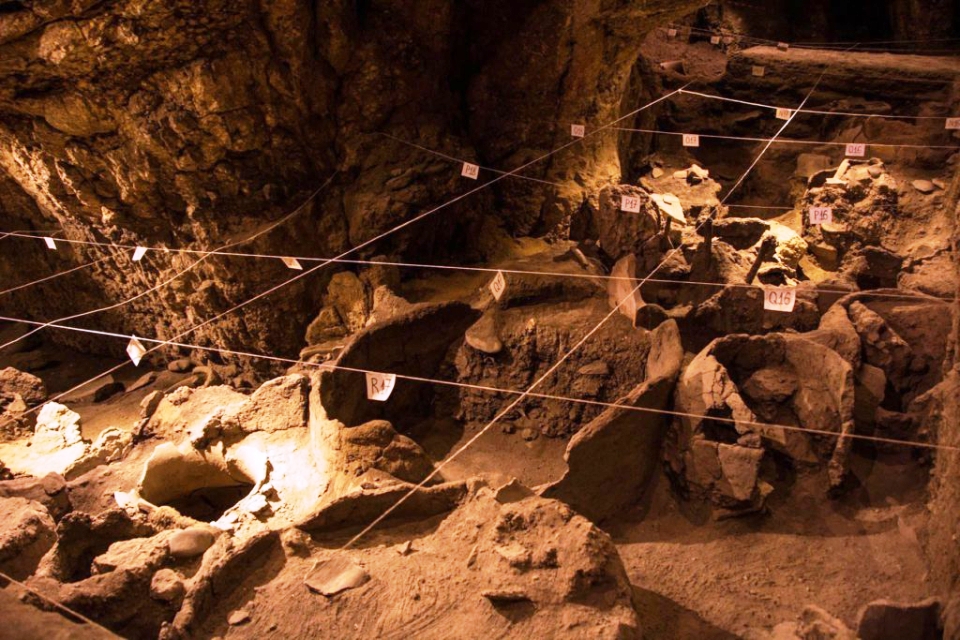
In 2010, in Areni Cave, or, as it is also called, the Bird’s Cave, located in the Vayots Dzor region, the oldest shoe in the world aged 5.5 thousand years was discovered, and in January 2011 in the same place the oldest world winery and women’s skirt dating back to 3900 BC were found.

According to the Georgian inscription of the lower zone of the cornice of the dome of Hnevank dating back to the 7th century in the Kurtan valley, it was repaired in 1154 by Smbat, the son of amirspasalar Ivane Orbelyan. The half-ruined monastery merged with nature is beautiful and mysterious.

Lastiver is located in the Tavush region of Armenia. Lastiver is the best place for lovers of active tourism and forests. There are also caves here, where there are traces of ancient civilization.
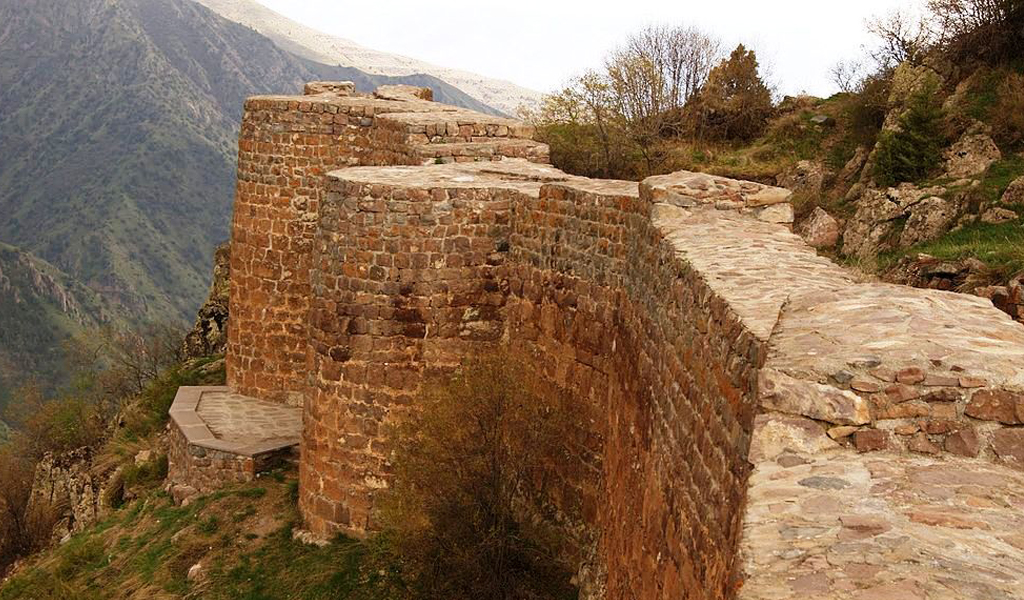
The fortress of Anarik Smbataberd was also one of the defensive bastions in modern Armenian history. Founded in the early Middle Ages, in the 19th century the fortress got the name after Prince Smbat, whose tombstone was erected here in 1280.

Gregory the Illuminator, who spread Christianity in Armenia, refused to accept Zoroastrianism and was imprisoned for that in Khor Virap (meaning deep pit) full of poisonous snakes for 14 years. He miraculously survived and was released from prison only after he cured King Trdat of an incurable disease. After that, the king converted to Christianity, adopted Christianity as a state religion in Armenia, and the monastery of Khor Virap acquired a status of a historical heritage.
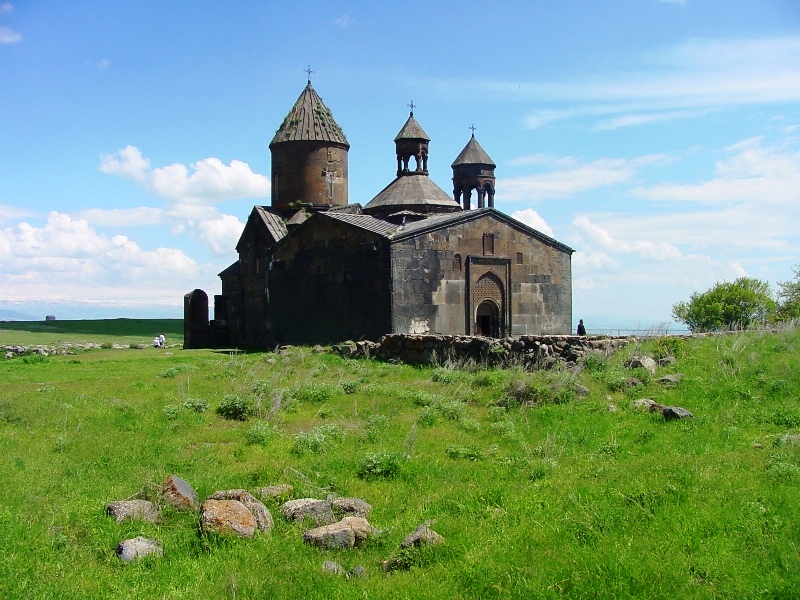
Saghmosavank monastic complex, towering on the edge of Andndakhor gorge, was built in the first half of the 13th century by the Vachutian dynasty bearing the title of ruler dukes.

The Hovhanavank monastery complex with the coat of arms of the Vachutian dynasty bearing the title of Prince-Ruler was built in the 13th century and is considered a notable Armenian historical-architectural monument.
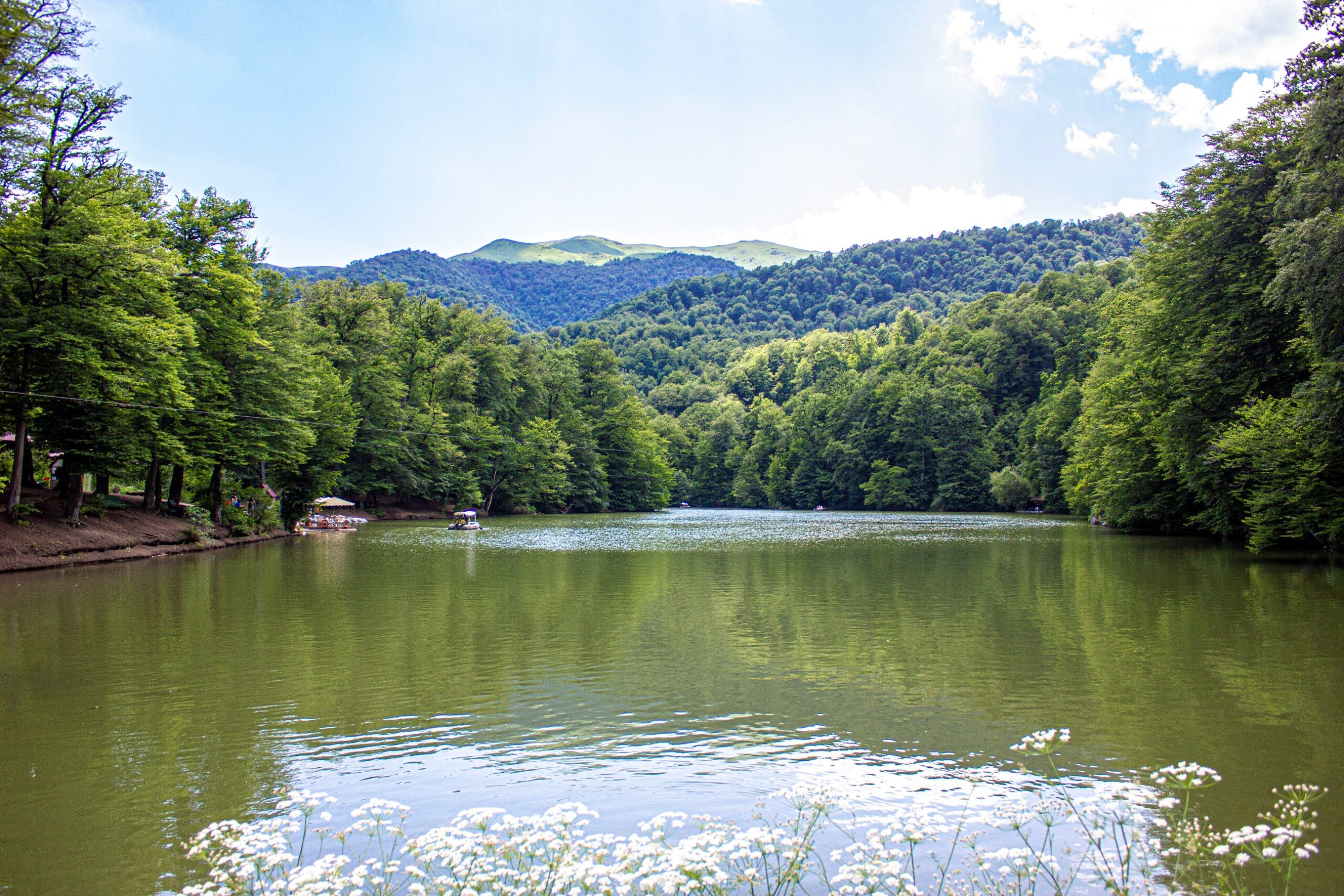
Lake Parz (Arm. clear lake), located at an altitude of 1350 m with a maximum depth of 10 m, is one of the famous natural hiking trails in Armenia.

“Lake Arpi” National Park was established in 2009 in order to protect this area’s unique biodiversity. Some species of birds living here are listed in the Red Book of the International Union for Conservation of Nature (IUCN). The park is home to 30 species of mammals, and only here one can meet Darevsky’s viper.

Tsaghkevank is one of the unique monasteries in Armenia, carved up in a cave, where there is a spring with healing properties.

After demolition of the khachkars of Djuga in Nakhijevan, the largest complex of khachkars dating back to the 10th-18th centuries is the mysterious Noratus cemetery.